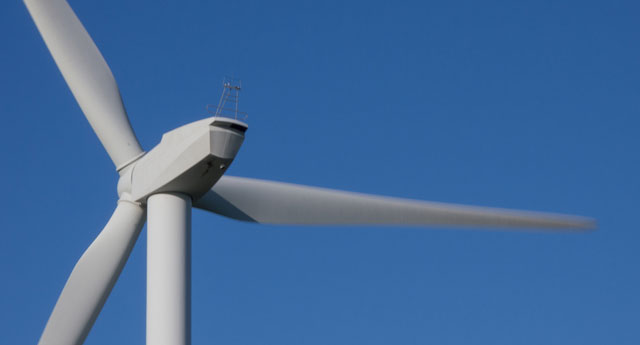
Eskom issued a statement on Tuesday night highlighting the net loss to the economy of R9bn in 2016 as a result of its renewable power purchases from independent power producers (IPPs).
This follows Eskom being criticised for its apparent reluctance to incorporate into the grid renewable energy projects procured by the department of energy’s internationally acclaimed independent power producer programme.
Both Eskom acting CEO Matshela Koko and his predecessor Brian Molefe have complained about what they consider to be the high cost to Eskom and the intermittent nature of the power production. Eskom favours nuclear energy and last month issued a “request for information” as the first step towards procuring 9,6GW of new nuclear generation capacity.
In its statement, Eskom says it “remains committed to renewables at a pace and cost the country can afford”. This is the same phrase used by government to counter concern about the cost of embarking on the nuclear new build programme.
Eskom in its statement “acknowledges the positive role played by the renewable energy programme in the reduction of load shedding and in turn the benefit to the South African economy”.
The utility refers to the methodology developed by the Council for Scientific and Industrial Research (CSIR) to quantify the net economic benefit of renewables (solar photovoltaic (PV) and wind). “This is achieved by calculating the benefits of reduced unserved energy (load shedding), as well as cost savings to Eskom (avoided coal and diesel burn). These benefits are then offset against the total tariff paid to the renewable IPPs, resulting in a net economic benefit or loss.”
Eskom states that it purchased 2TWh of wind and solar PV for the first six months of 2015, when the renewable power projects started coming online. “The CSIR calculated a total financial benefit of R8,2bn. This was offset against the R4,3bn renewable energy tariff cost, resulting in a net economic benefit of just under R4bn.”
It then continues to state that it purchased 6TWh of renewable energy from solar PV and wind during the whole of 2016. “Using the same methodology, Eskom calculated the total financial benefits, which amounted to R3,2bn. This was offset against the renewable energy tariff cost of R12,2bn, resulting in a net loss of R9bn to the economy.”
Eskom says this net loss to the economy “will continue for as long as there is surplus capacity”. Eskom currently has surplus capacity until 2021 and can meet any increase in demand.
“Eskom has added a total of 5 568MW, adding an additional 15% capacity to the grid in the last two years. Additional capacity was added by improving performance and the commissioning of new build plant. In the next five years, Eskom will add a further 8 304MW capacity through the new build programme.”
Eskom points out that the associated cost impact of the renewable energy purchases has also been highlighted by rating agency Moody’s. “On 20 September and 5 December 2016, Moody’s credit opinion stated that ‘the group’s financial ratios remain very weak as a result of rising operating costs primarily driven by higher primary energy costs and ongoing growth in power purchase agreements with IPPs, as well as the continued roll out of its large capex programme’.”
The utility states that it will, together with government, “continue to work together determinedly to address all issues as highlighted in the Moody’s credit opinion reports of 2016 at a cost and pace that the country can afford”.
Eskom included in its statement a copy of the CSIR article that contains it findings. It can be read here.
- This article was originally published on Moneyweb and is used here with permission




